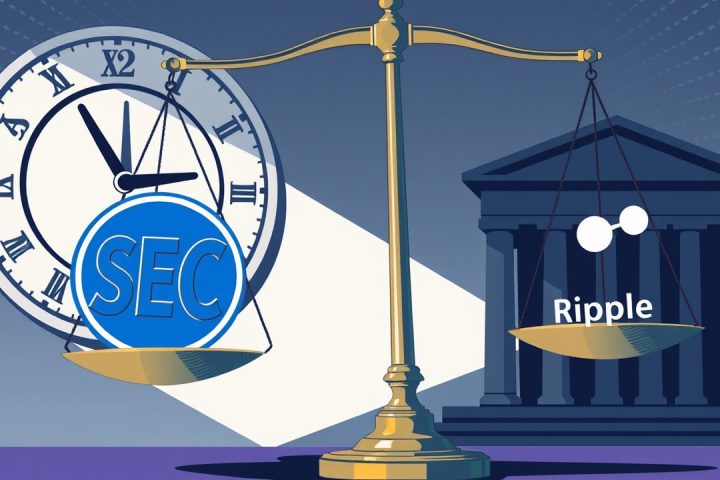Recent Developments in Decentralized Finance
In recent developments within the decentralized finance (DeFi) landscape, a new wave of innovation has emerged, pushing boundaries in the way financial systems operate. Engineers, motivated by venture capital support, have endeavored to create lending protocols that are ostensibly devoid of traditional restrictions; however, they still often rely on age-old principles such as collateralized loans – a system that has been in practice for centuries.
Much like ancient Sumerians exchanged livestock for metal currency, modern DeFi platforms heavily depend on price oracles to integrate offchain valuations into their lending mechanisms. This reliance on a singular source introduces a risk factor that undermines the proclaimed neutrality of these platforms.
Challenges in the Current DeFi Landscape
Despite the assertion of being open to all, the concentration of total value locked (TVL) remains predominantly in leading cryptocurrencies like Bitcoin (BTC), Ethereum (ETH), and stablecoins. The challenges associated with scaling price oracles to accommodate less prominent tokens result in sizable risks that many lenders are unwilling to take, leading to fragile market dynamics.
The Concept of Unified Liquidity
The path to progress is laid out by the concept of unified liquidity, which innovates by merging the mechanisms of swap and lending into a singular resource pool. This approach allows lesser-known tokens to leverage the same financial advantages traditionally reserved for established assets. This represents a significant advancement in creating a genuinely permissionless market for margin and lending transactions, eliminating the need for oracles altogether.
Limitations of Current Trading Platforms
Historically, leveraged trading platforms have been hampered by the need for pre-approved listings and centralized data inputs. While these platforms may boast of being non-custodial, they are far from being truly open, as they restrict the listing of long-tail tokens and the ability to short these assets. Such limitations often exacerbate market imbalances, allowing fraudulent tokens to dominate and pushing legitimate projects to the sidelines, reminiscent of the chaos stirred by the Argentine president’s failed LIBRA token earlier this year.
The Need for Permissionless Shorting
Without the capability for permissionless shorting, the cryptocurrency market remains vulnerable to manipulation, with prices fluctuating wildly and market sentiment frequently misaligned with actual financial data. The absence of an effective shorting mechanism becomes glaringly evident in recent scandals where multiple meme tokens on Solana lost over $27 million following a presale earlier in 2024.
However, a new platform named Pump.fun has emerged as a promising solution, utilizing transparency in supply and seamless deployment to mitigate the risks of rug pulls, thereby fostering an environment ripe for meme asset experimentation and increasing credibility within the market.
Benefits of Unified Liquidity
The need for robust market structures is clear; the crypto realm lacks effective clearing systems and is in dire need of mechanisms for permissionless shorting. With unified liquidity, protocols can dynamically recycle collateral and access liquidity within decentralized exchanges (DEX) in real-time. This not only maximizes capital efficiency but also allows a greater number of users to leverage the same liquidity pool to engage in diverse activities like stable swaps or perpetual contracts without the bottleneck of individual token listings.
The repercussions of implementing unified liquidity are extensive: developers are freed from the burdens of token approval processes, allowing for streamlined access to market operations. Similarly, investors benefit from immediate liquidity for any token they wish to short. Historical precedents suggest that a functioning shorting system bolstered markets significantly, as seen with U.S. equities, where independent research groups like Muddy Waters Research have historically facilitated accountability, demonstrating that a solid shorting framework is essential for nurturing robust markets.
Conclusion
In conclusion, the current DeFi landscape does not necessitate imitating traditional finance models with repurposed tools. Instead, it has the opportunity to establish its own unique financial language: one that embodies clarity, accessibility, and scalability. Addressing the structural void left by the lack of permissionless shorting, unified liquidity stands poised not as a mere speculative enhancement, but as a fundamental infrastructure aimed at revitalizing markets and purging ineffective elements. This represents not just a new strategy for growth within DeFi, but a crucial remedy for its prolonged stagnation.




